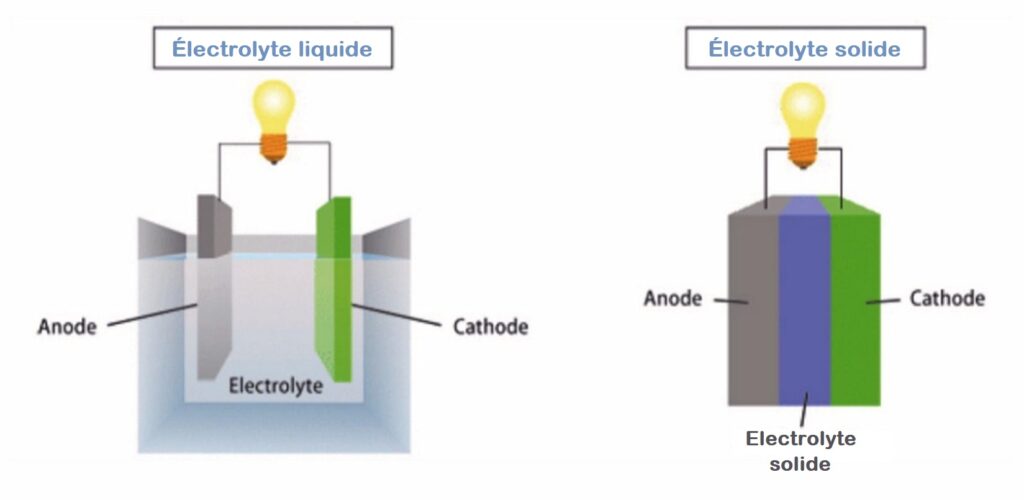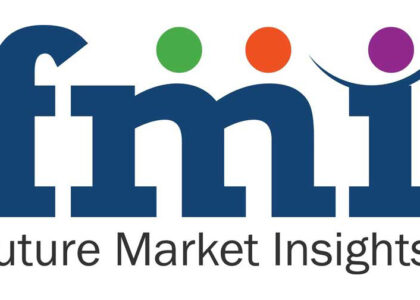
Battery electrolytes are the unsung heroes of the lithium-ion battery revolution. These critical components play a vital role in facilitating the flow of ions between electrodes, determining a battery’s performance, range, and safety. With the Asia-Pacific (APAC) region emerging as a global leader in electric vehicle (EV) production and consumption, the battery electrolyte market in this region is poised for significant growth.
In 2023, the global battery electrolytes market is expected to reach a value of US$ 4 billion, driven by the increasing demand for lithium-ion batteries and the growing awareness of renewable energy sources among the public. This expansion is projected to continue steadily, with the market anticipated to double in size by 2033, reaching US$ 8.4 billion, boasting a Compound Annual Growth Rate (CAGR) of 7.7% between 2023 and 2033. This growth trajectory underscores the pivotal role electrolytes play in powering our future with sustainable energy solutions.
Elevate Your Strategy with Our Exclusive Report: Request Your Sample Now! https://www.futuremarketinsights.com/reports/sample/rep-gb-17285
Asia Pacific Trends in Battery Electrolytes
- Focus on Safety and Performance: APAC countries are increasingly demanding electrolytes that offer superior safety characteristics alongside high energy density and fast charging capabilities. This trend is driving research and development (R&D) efforts towards solid-state electrolytes, which promise enhanced safety and potentially higher energy densities compared to traditional liquid electrolytes.
- Cost Competitiveness: Cost remains a key concern for EV manufacturers in the region. APAC is expected to see a rise in the production of lithium iron phosphate (LFP) batteries due to their lower cost compared to nickel-cobalt-aluminum (NCA) batteries. This, in turn, will influence the demand for electrolytes optimized for LFP chemistries.
- Sustainability Push: Environmental consciousness is rising across APAC. Manufacturers are looking for electrolytes with sustainable sourcing of raw materials and minimal environmental impact during production and disposal. This opens doors for bio-derived electrolyte solutions and closed-loop recycling processes.
Investment Opportunities: A Lucrative Landscape
The Asia-Pacific battery electrolyte market presents a lucrative landscape for investors:
- New Technologies: Companies developing next-generation electrolytes, particularly solid-state technology, are attracting significant investments. These advancements promise to revolutionize battery performance and safety.
- Expansion and Upgradation: Existing electrolyte manufacturers are looking to expand production capacities and upgrade facilities to meet the growing demand. Investment in these endeavors can offer high returns.
- Sustainability: The focus on sustainable battery production is creating opportunities for companies developing eco-friendly electrolytes made from recycled materials or with improved recyclability.
China: The Engine of Asia Pacific Battery Electrolyte Growth
The battery electrolytes market in China is poised for significant growth, projected to achieve a robust 7.6% compound annual growth rate (CAGR) from 2023 to 2033. By the end of this forecast period, the market is anticipated to reach a substantial value of US$ 2 billion. This anticipated expansion underscores the increasing demand for battery technologies, driven by the proliferation of electric vehicles and renewable energy storage solutions, positioning China as a pivotal player in the global energy landscape.
China is undoubtedly the driving force behind the Asia-Pacific battery electrolyte market’s growth. Here is why:
- Dominant EV Market: China is the world’s largest producer and consumer of EVs. This massive domestic demand fuels the need for high-volume electrolyte production.
- Government Support: The Chinese government heavily invests in battery technology research and development, including electrolytes. This creates a nurturing environment for innovation.
- Strong Manufacturing Base: China has a well-established battery material manufacturing base, offering a cost advantage for electrolyte production.
About Future Market Insights (FMI)
Future Market Insights, Inc. (ESOMAR certified, recipient of the Stevie Award, and a member of the Greater New York Chamber of Commerce) offers profound insights into the driving factors that are boosting demand in the market. FMI stands as the leading global provider of market intelligence, advisory services, consulting, and events for the Packaging, Food and Beverage, Consumer Technology, Healthcare, Industrial, and Chemicals markets. With a vast team of ~400 analysts worldwide, FMI provides global, regional, and local expertise on diverse domains and industry trends across more than 110 countries.
Contact Us:
Future Market Insights Inc.
Christiana Corporate, 200 Continental Drive,
Suite 401, Newark, Delaware – 19713, USA
T: +1-845-579-5705
For Sales Enquiries: sales@futuremarketinsights.com
Website: https://www.futuremarketinsights.com
LinkedIn| Twitter| Blogs | YouTube

